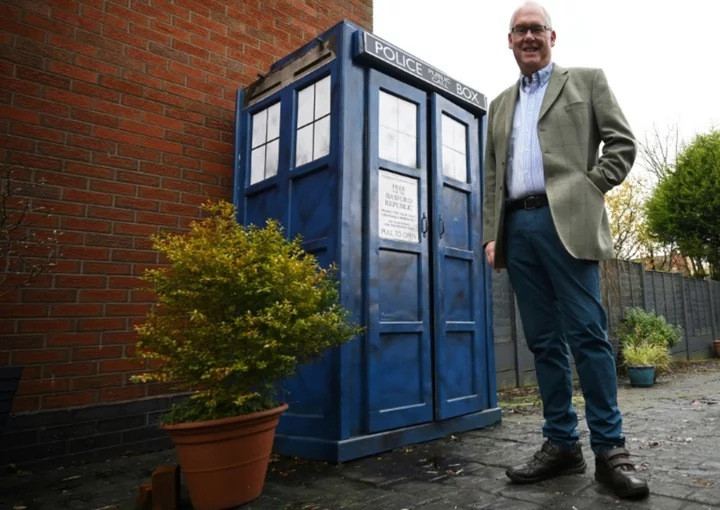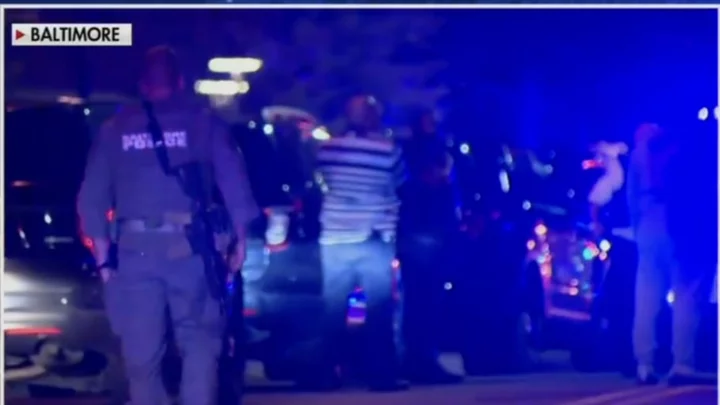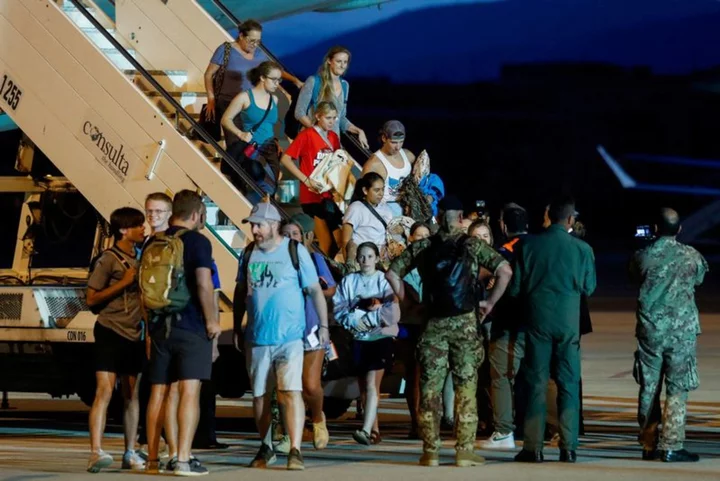Everyone is well acquainted with All Hallow’s Eve, better known as Halloween. But depending on your region, you might have a name for the night before the trick-or-treating starts. Known as Mischief Night, Devil’s Night, and others, the night before Halloween is considered a time to let out some juvenile energy and abandon societal norms for a bit. Check out seven alternative names for October 30.
1. Mischief Night
Residents of Philadelphia and New Jersey are familiar with Mischief Night, a time for some pre-Halloween pranking and mischievousness—the tricking without the treating, in other words. According to Atlas Obscura, one of the earliest mentions of Mischief Night comes in the 1700s, when young hooligans were reportedly pulling up fence posts, tipping over carts, or greasing doorknobs.
The twist? Initially, Mischief Night was associated with May Day, or the start of summer. In early 1900s England, it became intertwined with Guy Fawkes Night. As Halloween increased in popularity in the United States in the 20th century, so did Mischief Night. While the pranks were and are largely harmless, participants can sometimes get a little too mischievous for their own good: In 1991, there were a reported 160 fires started in Camden, New Jersey.
2. Devil’s Night
If you’re from Detroit, you probably refer to October 30 as Devil’s Night. Like Mischief Night, it’s a time for locals to engage in some boorish behavior. Some believe Devil’s Night experienced a spike in popularity during the stock market crash of 1929, when more and more people needed an outlet to express their frustration. Still, Devil’s Night was mostly genteel until the 1980s, when, according to the Detroit Historical Society, pranksters began targeting abandoned properties and setting them ablaze. In 1984, over 800 fires were started.
To curb the wanton destruction, Detroit enacted a curfew in 1986. In 1995, they promoted Angel’s Night, which used volunteers to patrol areas and help reduce the reckless pranks.
3. Chalk Night
According to the Dictionary of Regional American English (DARE), chalk night has been used in some areas of Pennsylvania to refer to “a night near, usu[ally] before, Halloween” since the 1890s. The main activity seems writing on houses, sidewalks, and whatever else can be found with chalk, with other pranks thrown in for good measure. “Not only are public places and houses defaced, but the most obscene writing and drawing have been in shocking evidence the morning following chalk night,” the Daily Courier of Connellsville, Pennsylvania, declared in 1912.
In some areas, chalk night was just one in a whole series of prank-filled evenings leading up to Halloween: A 1956 newspaper article from Shamokin mentions “horn-blowing night,” “ash barrel night,” “doorbell-ringing night,” and “tick-tack night.” This tradition may have made it as far north as Massachusetts; a paper in Lowell in 1969 notes “a week-long series of prank days just before Halloween” including “chalk night, soap night, paint night.”
4. Cabbage Night
New Englanders are familiar with Cabbage Night, another term for celebrating delinquency. This one dates back to the 1800s, when one swath of the Berkshires had a lot of crops, including cabbage: Wayward youths would rampage the area, pulling up cabbages and throwing them at houses. “All the pent up devilry, accumulated in a year’s time, in the minds of a hundred boys, breaks forth on cabbage night in Dalton, and persons admiring safety stay in doors,” wrote the Berkshire County Eagle in 1892.
5. Gate Night
In rural communities, it wasn’t uncommon for October 30 revelers to run around unlocking livestock gates to let animals roam. The term was popular in Boscawen and Penacook, both in New Hampshire. According to one 1981 Concord Monitor article, the night was also good for removing fence gates from homes or shutters from windows. One (presumably reformed) participant recalled apple fights in the streets, though rarely any more serious mayhem.
6. Fox Night
This name for the night before Halloween in some areas of Michigan seems to have taken its name from Fawkes Night, the night before Guy Fawkes Day in Britain. Per one file in DARE’s records, “In Great Britain, Nov. 4 is Fawkes Night, but in Duluth in the 1970s and ’80s, the night before Halloween was ‘Fox Night.’ It was a warm-up for Halloween, with no costumes and no candy—instead it focused entirely on vandalism and mischief.” One newspaper noted on October 31, 1912 that “last night was ‘fox night’ closely associated with Halloween but of not quite as great significance. Its limitations permit of various pranks harmless and other wise, however, and it is the occasion for considerable merrymaking.”
7. Goosey Night
“Area Police Forces Brace for ‘Goosey Night’ Antics,” read one Morning Call headline in 1968. Mentions of Goosey Night—another New Jersey original—date back to at least the 1930s, when children threw stones at a passing train (a passenger suffered cuts from broken window glass) and tossed park benches into the Passaic River.
Goosey Night's etymology is fuzzy. One possibility is the Gaelic word gaus, which means to injure or cause damage. One cop had an alternative definition in that 1968 article: “legalized destruction.”
8. Corn Night
To Nebraskans, Corn Night was a time for the youth to pick up ears of corn and fling them onto porches. If this sounds potentially hazardous, Nebraska law enforcement agreed. In 1969, after reports from previous years of corn and stones being thrown through windows, the Scribner, Nebraska, city council told parents to warn their kids off any more corn tossing. To keep young minds off property destruction that year, Scribner officials held a costume contest on October 30.
9. Damage Night
Damage night is a term for the night before Halloween in the Cincinnati, Ohio, area, according to DARE. Newspapers report kids setting fires, vandalizing mailboxes, slashing tires, and otherwise doing just what the name of the night suggests they’d do. “Vandalism the night before Halloween is not uncommon," The Cincinnati Post wrote in 1986. “Called ‘damage night’ by many, it often takes the form of soaping windows and wrapping toilet paper around trees.”
10. Beggar’s Night
In Des Moines as well as other towns in central Iowa, it’s not uncommon for kids to go looking for treats on October 30 instead of October 31, lending the date the name of Beggar’s Night. How this happened is a bit murky, though it appears to have been the work of a city official around World War II, possibly as an attempt to ward off Mischief Night-style pranks by plying kids with candy a day early.
A version of this story ran in 2022; it has been updated for 2023.
This article was originally published on www.mentalfloss.com as 10 Regional Names for the Night Before Halloween.









